Being able to spot and stalk an animal in the wild is an important part of learning how to hunt. If you hunt with a rifle, it can mean the difference between an easy close-range shot, and having to shoot from a greater distance. If you hunt with a bow, getting close is mandatory, as most successful bow hunts take place from under 50 yards.
This quick tutorial shares nine simple tips for improving your spot and stalk technique.
1. Get high
It’s not always possible to hunt from a higher vantage point, but if you can get higher than your game (geographically speaking, not metaphorically), you’ll have a clear advantage. Move to an elevated position – whether on a mountain or ridge, or up a tree. Take your time, using a good spotting scope or a pair of binoculars to look around and get the best lay of the land. Check what other game is out there, assess the best way to approach the animal you’re after and see what obstacles lay in your path.
2. Know which way the wind blows
Hunters are obsessed with wind direction and that’s because animals have a much better sense of smell than we do. If you’re hunting upwind (the wind is blowing from you towards the animal), the animal will smell you every time before you ever get close. If you’re downwind (the wind is blowing from the animal towards you), you’ll be able to use the wind to your advantage. Even a crosswind can help mask your scent.

3. Harness the power of the weather
Don’t be a fair-weather hunter. Real hunters understand the power that inclement weather gives them, and they use this to their advantage. Snow, rain, sleet, and wind can all be used to dull an animal’s senses and reduce the sound and smell of your approach.
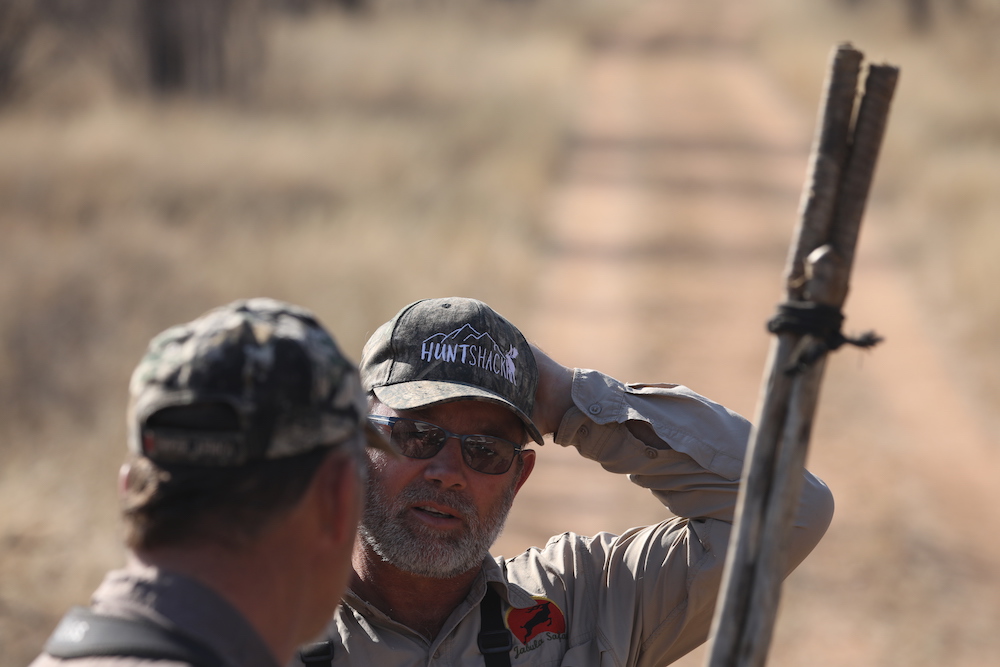
4. Plan your hunt and hunt your plan
A good hunter thinks ahead. They don’t bumble into the field without a plan. They know where they’re going, what their target animal is, and the best way to bring that animal down. They’re also thinking two or three steps ahead, thinking about after the hunt, and how they are going to recover their animal once they’ve made their successful shot. But don’t be so regimented to the plan that you can’t adapt to changing situations. Wild animals are unpredictable, and so is nature. Listen to your instincts and know when you need to change or adapt your plan.

5. Camo is more than just a fashion statement
There’s a reason camouflage clothing comes in so many designs, and no, it’s not just personal preference. Choose the camo pattern that best reflects the environment you’ll be hunting in, as it lets your form blend into the surrounding terrain. Also think about the noise your clothing makes. Is it quiet or does it swish or creak as you walk? While you can get away with a lot sitting in a blind or tree stand, spot and stalk hunting is less forgiving.
6. Embrace nature
We don’t mean literally hug a tree. Instead, use shrubs, trees, grasses and foliage to conceal your approach. In open areas, stay low to the ground, belly crawling if you have to. Use hills, ditches and other topography to your advantage in getting close to your prey.
7. Know your quarry
This plays hand in hand with your plan, and that is actually understanding the habits and vocalisations of the animal you’re hunting. Can you recognise their tracks or identify where they’ve been by their rubs? Do you know the different sounds they make, and what those sounds mean? Knowing the difference between a rutting sound, and a barked warning can greatly improve your chances of getting close enough to take a shot. Make sure you also understand the non-vocal body language as well. Deer can tell you a lot about their intentions just from their ears and tail.

8. Slow and steady wins the race
The final approach is often the hardest part of the hunt. You’ll really need to think through every movement you make, including your step. Think about the ground at this stage. Is it dry? Are there lots of sticks and leaves that will make noise as you approach? Walk slowly, setting your foot down from heel-to-toe, or better yet, crawl if you can. Some hunters even take their boots off for the final approach. The most important tip here is patience. It’s not uncommon for the final 100 yards to take several hours to complete. Think turtle rather than hare. Slow and steady really does win the race in a spot and stalk hunt.

9. Don’t guess distance
While it’s helpful to know distance when rifle hunting, it becomes vital when hunting with a bow, which are often tuned to a specific poundage and distance. When it comes time to take your shot, don’t just guess your distance. Be accurate. Use a good rangefinder. They can either be standalone or built in.
Help us keep hunting alive
I Am Hunter has a passion to keep hunting alive. We use education and advocacy to demonstrate the positive benefits of ethical, fair-chase hunting to all society, not just hunters.
We can provide this content free to the public thanks to the generous support of our awesome members.
For less than 50c a day, members help support the fight to keep hunting alive by spreading a positive message about hunting to the wider community. In return, members get access to exclusive member rewards.
See also
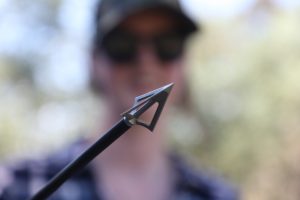
How to choose your arrows
There is a lot of information that goes into choosing the right arrows for bow hunting. In this article, we try to simplify the process to help you get it right.
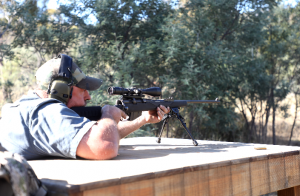
How to apply for a firearms licence in Victoria
The first step to learning to hunt is getting your firearms licence. In this article, we explain how to apply for a firearms lience in Victoria.
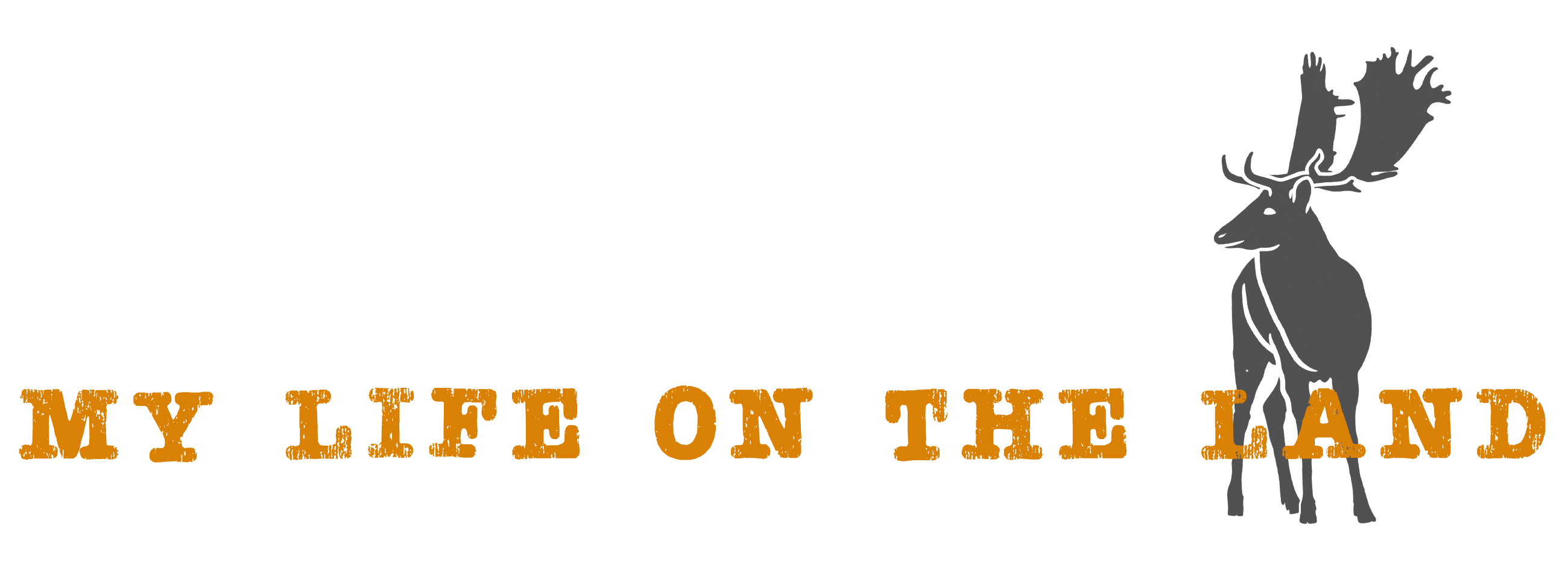
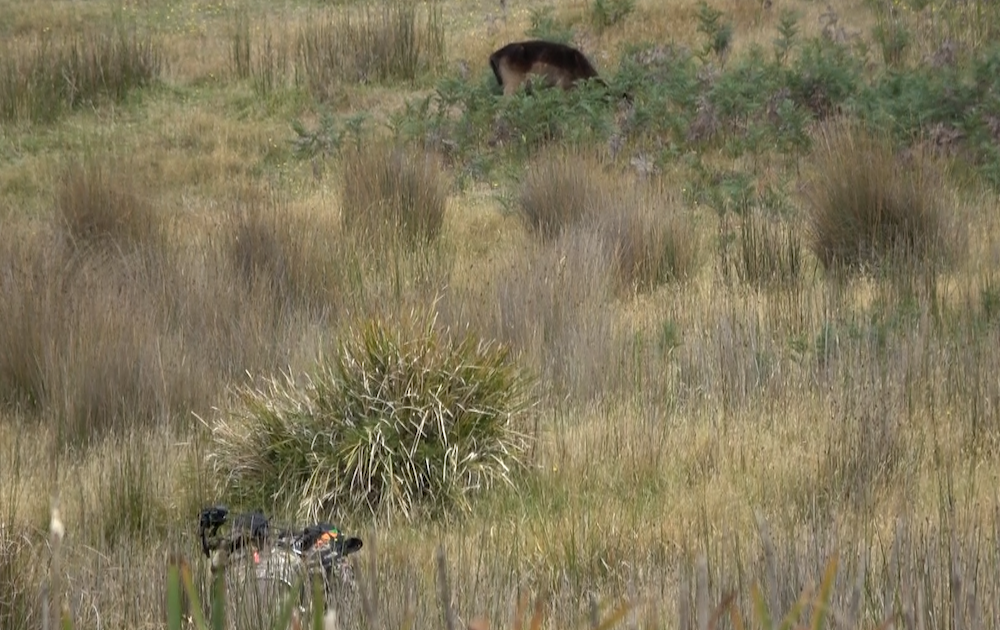
6 thoughts on “9 Steps to Becoming a Master Stalker”
Great info. Thanks
I’m bookmarking this and going to take it to heart – I’m a bowhunter who is uncomfortable in tree stands and is looking for any way I can work around that!